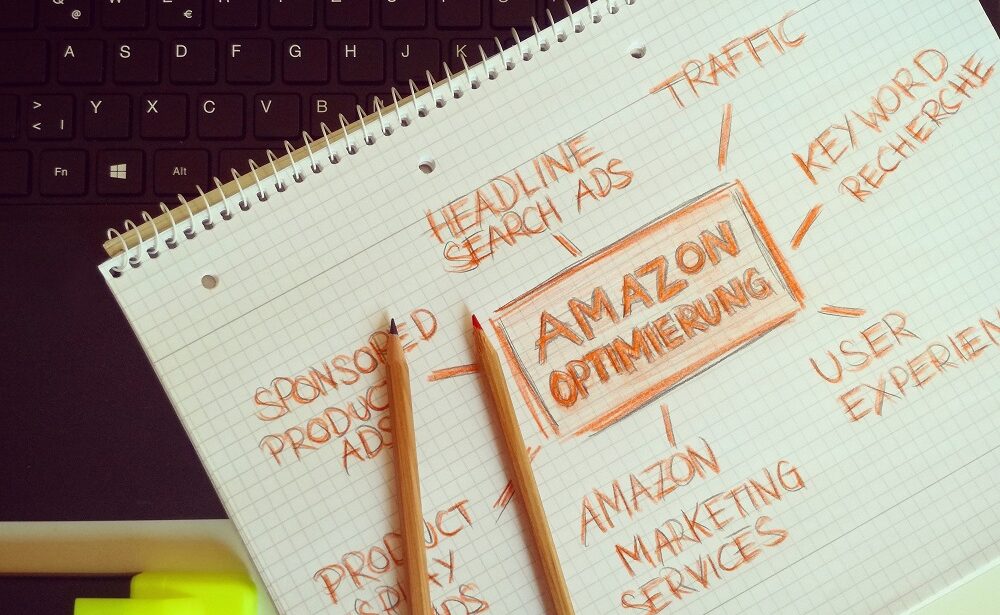Photo by Tobias Dziuba
Web design and SEO are two distinct practices, but they are also deeply interconnected. While web design focuses on creating an engaging and visually appealing website, SEO is all about optimizing that website to rank higher in search engine results pages (SERPs). In this article, we will explore the relationship between web design and SEO and answer the question of whether web design is an SEO practice.
To answer this question, we first need to understand what SEO is and what it involves. SEO is the practice of optimizing websites and web pages to rank higher in search engine results pages. This involves a range of techniques, including keyword research, on-page optimization, link building, and content creation. The goal of SEO is to increase the visibility of a website or web page in search engine results pages, which in turn drives more organic traffic to the website.
Web design, on the other hand, is the process of creating visually appealing and user-friendly websites. This involves designing the layout, choosing the color scheme, selecting fonts, and creating images and other visual elements. Web designers also need to consider the website’s functionality, navigation, and user experience (UX) to ensure that visitors have a positive experience on the website.
So, while web design and SEO are two separate practices, they are interconnected. Web design can have a significant impact on SEO, and there are several web design elements that can affect a website’s SEO performance.
One critical web design element that impacts SEO is website structure. A well-structured website is essential for SEO because it helps search engines crawl and index the website’s content. Web designers need to create a clear and organized site architecture, with a logical hierarchy of pages, to ensure that search engines can easily find and index all of the site’s content.
Another critical web design element that impacts SEO is website speed. Website speed is a crucial ranking factor in search engine algorithms, and slow loading websites can negatively impact SEO performance. Web designers need to create lightweight and optimized websites that load quickly to ensure that visitors have a positive experience on the website and to improve the website’s SEO performance.
Web design can also impact SEO through the creation of content. Content is a critical component of SEO, and web designers can contribute to SEO efforts by creating high-quality and engaging content. Web designers need to consider how the website’s design can support the creation of content, such as incorporating a blog or news section and ensuring that the website’s design is conducive to content consumption.
Finally, web design can impact SEO through the creation of backlinks. Backlinks are links from other websites to your website and are a crucial ranking factor in search engine algorithms. Web designers can create opportunities for backlinks by designing engaging and shareable content, such as infographics or interactive tools.
In conclusion, web design is not an SEO practice per se, but it is deeply interconnected with SEO. Web design can impact SEO performance in several ways, including website structure, website speed, content creation, and backlinks. As such, web designers need to have a basic understanding of SEO principles and how their designs can support SEO efforts. By designing websites that are optimized for both user experience and search engine algorithms, web designers can help businesses improve their online visibility and drive more organic traffic to their websites.
